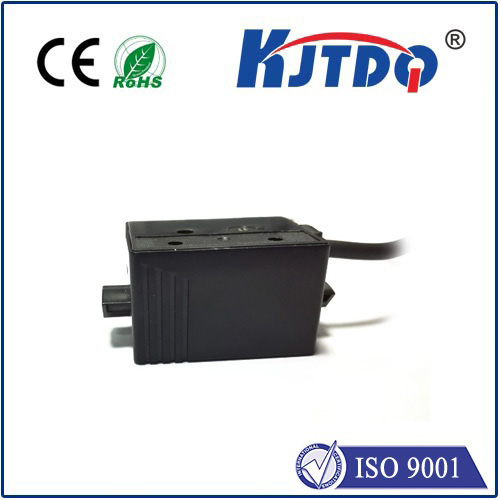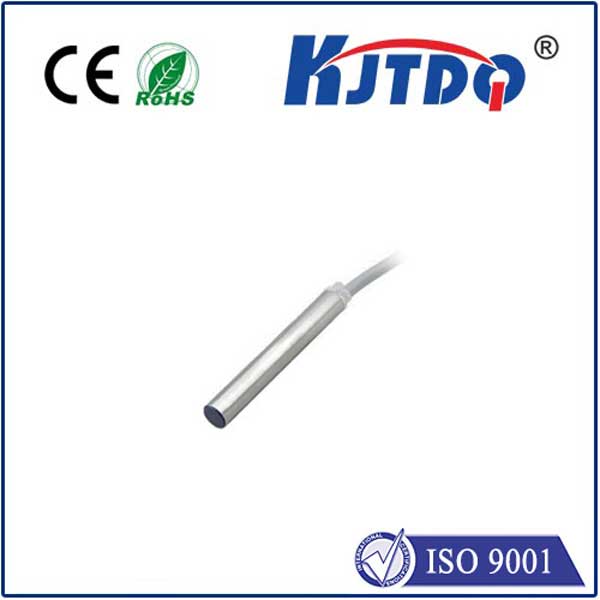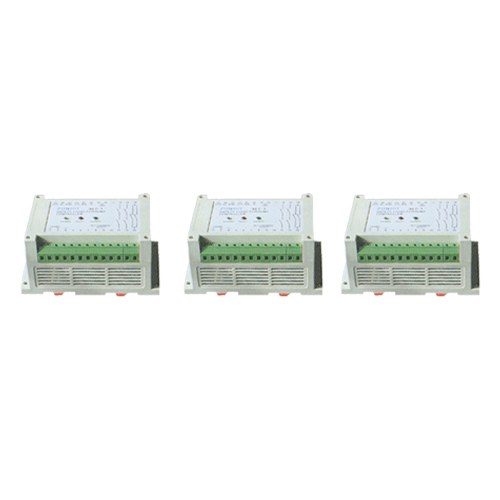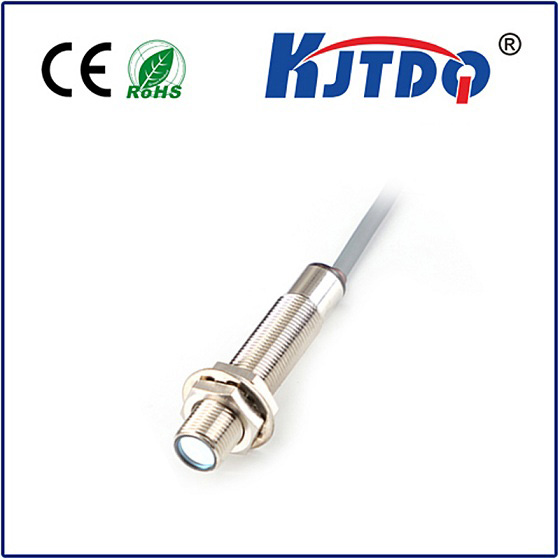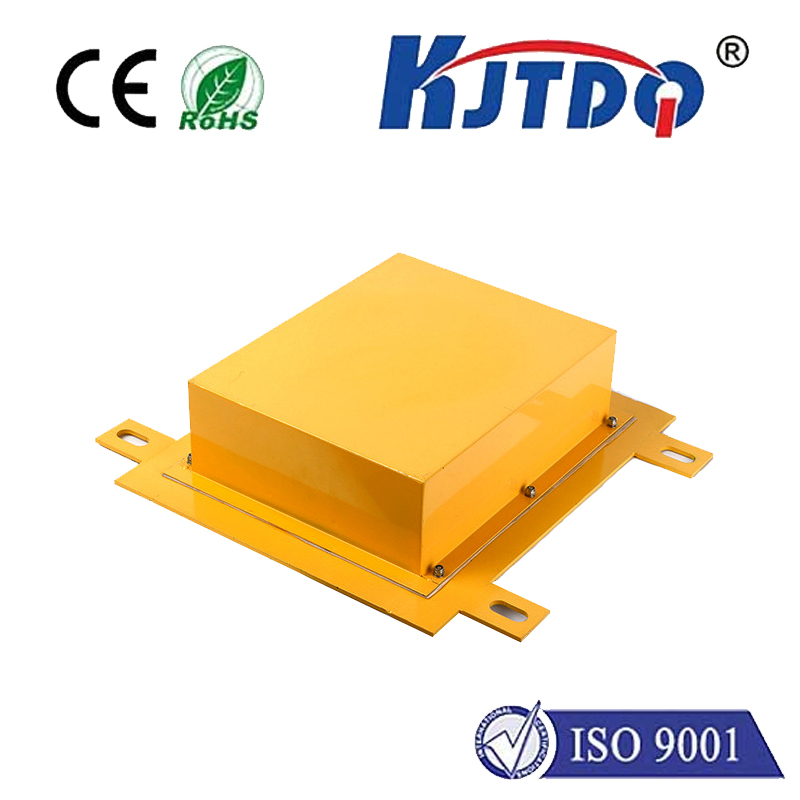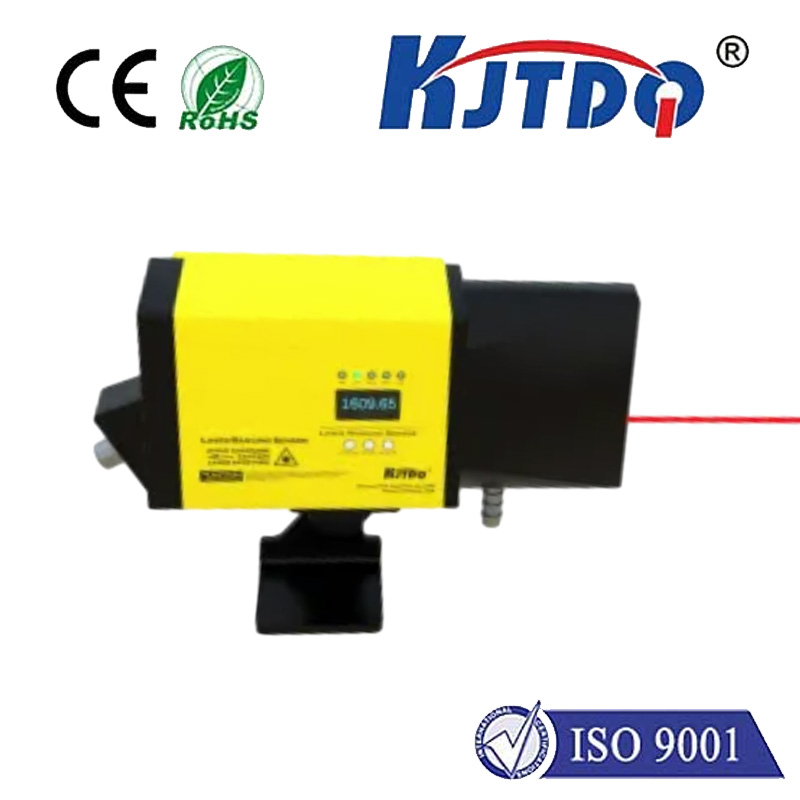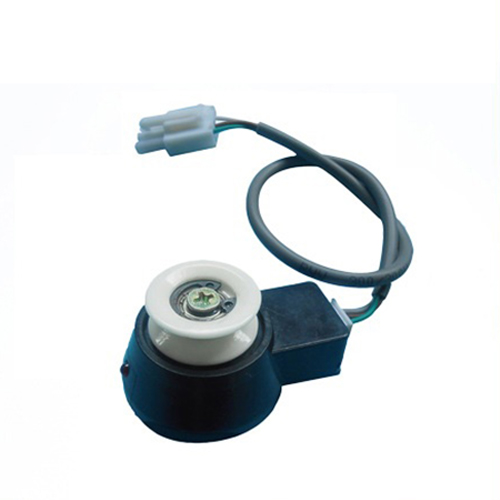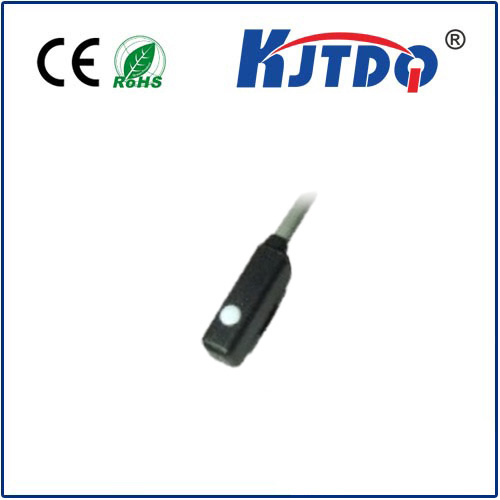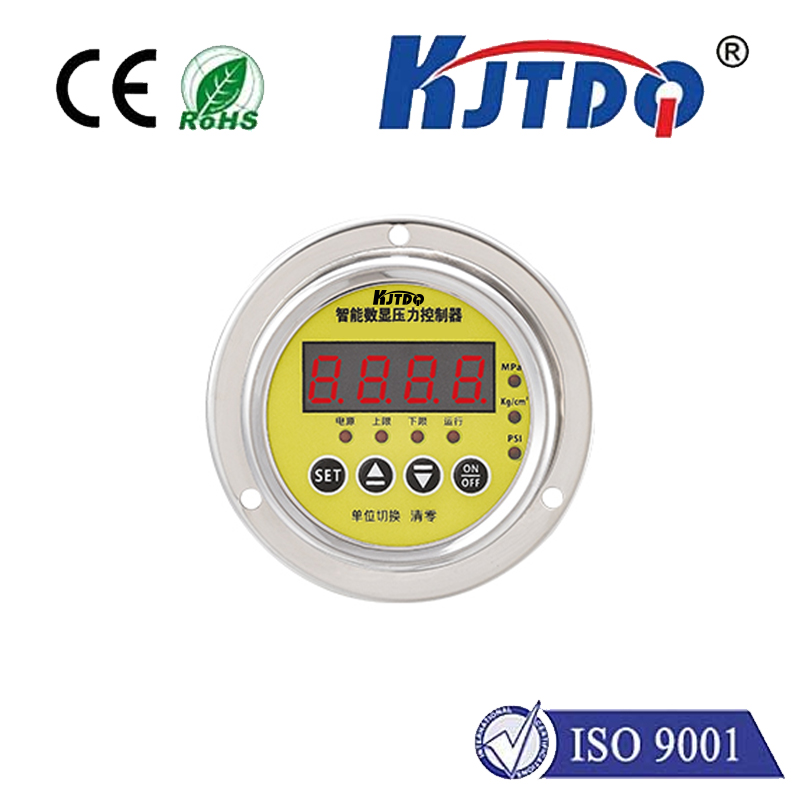Оптический ограничитель
- time:2025-07-30 16:42:52
- Нажмите:0
Optical Limit Switch: Enhancing Precision and Reliability in Industrial Sensing
Imagine a world where machines know their limits without ever touching them. In the intricate dance of industrial automation, where milliseconds and millimeters matter, reliably detecting the presence, absence, or position of objects is fundamental. This is where the Оптический ограничитель shines – a cornerstone technology offering non-contact precision that mechanical switches simply can’t match. Serving as the silent sentinels on assembly lines, robotic arms, and packaging systems, these photoelectric sensors provide the critical feedback loops that keep modern manufacturing humming efficiently and safely.
Understanding the Optical Limit Switch
At its heart, an Оптический ограничитель is a type of Фотоэлектрический датчик. Unlike traditional mechanical limit switches that require physical contact to trigger, optical versions operate contactlessly using a beam of light. This fundamental difference unlocks significant advantages, particularly in demanding or sensitive applications.
The Core Principle: Light Interruption
The operation is elegantly simple:
- Light Emission: An emitter (typically an LED, often infrared for reliability) generates a focused beam of light.
- Light Reception:А.receiver (a photodiode or phototransistor) is positioned to detect this beam.
- Object Detection: When an object enters the space between the emitter and receiver, it interrupts the light beam.
- Signal Output: The receiver detects this interruption and triggers a change in its electrical output signal (e.g., switching from “ON” to “OFF” or vice-versa).
- Control Action: This signal change is sent to a machine controller (like a PLC - Programmable Logic Controller), prompting a predefined action – stopping a conveyor, changing robot direction, initiating a process step, or preventing over-travel.
Key Configurations: Through-Beam vs. Retro-Reflective

While all optical limit switches rely on beam interruption, their physical implementation varies:
Through-Beam (Opposed Mode): This is often considered the most reliable configuration. The emitter and receiver are separate units, installed directly opposite each other. The light beam travels directly from the emitter to the receiver. Detection occurs when an object physically breaks this beam. Through-beam sensors offer the longest sensing ranges and are highly immune to environmental factors like target color, reflectivity, or surface finish. However, installation requires wiring and mounting two separate components precisely aligned.
Retro-Reflective (Reflex Mode): This design combines the emitter and receiver into a single housing. A special reflector (often a prismatic retro-reflector designed to bounce light directly back to its source) is mounted opposite the sensor unit. The light beam travels from the emitter, hits the reflector, and bounces straight back to the receiver within the same unit. Detection occurs when an object breaks the beam path to the reflector. Retro-reflective sensors simplify installation (only one device to wire and mount, plus the reflector), offering a good balance of range and ease of use. However, they can be confused by highly reflective objects that might bounce light back without the reflector, potentially causing false triggers.
Why Choose Optical Over Mechanical? The Compelling Advantages
The shift towards optical limit switches in countless applications is driven by distinct benefits:
- Non-Contact Sensing: This is the defining characteristic. Eliminating physical contact means no wear and tear on the switch mechanism itself or on the target object. This translates directly to vastly increased longevity and reliability, especially in high-cycle applications. Delicate objects won’t be damaged by the sensor.
- High Speed and Precision: Light travels fast! Optical switches can detect objects moving at extremely high speeds and offer exceptional positional accuracy, far exceeding the capabilities of mechanical switches that suffer from physical bounce and actuation time. This precision is vital for synchronizing processes.
- Long Sensing Ranges: Through-beam optical limit switches, in particular, can reliably detect objects over distances significantly greater than mechanical switches could manage, offering flexibility in machine design.
- Resilience in Hostile Environments: Sealed optical switches perform reliably in environments contaminated with dirt, dust, oil, moisture, or vibrations – conditions that often cause mechanical switches to jam or fail prematurely.
- Многогранность: Capable of detecting virtually any object that interrupts the light beam – metal, plastic, wood, glass, liquid levels, opaque materials, etc. – regardless of surface finish within the constraints of the chosen mode.
- Reduced Maintenance: The absence of moving parts inherent to mechanical switches drastically reduces the need for lubrication, adjustment, or replacement due to mechanical failure.
Where Optical Limit Switches Make a Critical Difference
The versatility and reliability of optical limit switches see them deployed across countless industrial sectors:
- Conveyor Systems: Counting objects, detecting jams, signaling end-of-line, or verifying package presence and positioning.
- Packaging Machinery: Ensuring cartons are properly formed, flaps are folded, products are present in their sleeves, and cases are sealed correctly.
- Robotics: Defining safe working envelopes (preventing collisions), confirming end-of-arm tooling positions, and verifying part pick/place.
- Перевозка материалов: Detecting pallet presence at loading stations, monitoring stack heights, and guaranteeing proper positioning on AGVs (Automated Guided Vehicles).
- Станки: Verifying tool changer positions, confirming chuck open/close status, and guarding access points.
- Printing & Paper Processing: Monitoring web breaks, detecting sheet presence for feeding/cutting, and controlling roll diameters.
- Elevators & Lift Systems: Providing precise stopping positions at floor levels via flags interrupting the beam.
Essential Considerations for Implementation
To ensure optimal performance:
- Environmental Factors: While robust, excessive airborne contamination (heavy smoke, dense fog), intense ambient light (direct sunlight), or highly reflective backgrounds near retro-reflective sensors can cause issues. Select models with appropriate IP ratings and environmental hardening.
- Alignment: Especially critical for through-beam sensors. Precise initial alignment and resistance to vibration-induced misalignment are important.
- Target Characteristics: The target size, opacity, and potential reflectivity need to be considered when selecting the sensor type (through-beam vs. retro-reflective) and its specific operating characteristics (light intensity, lens type).
- Electrical Compatibility: Ensure the sensor’s output signal type (PNP/NPN, NO/NC) and voltage ratings match the control system’s input requirements.
The Unseen Enabler of Modern Automation
From safeguarding intricate robotic assemblies to ensuring your online order is packaged correctly, optical limit switches are indispensable workhorses. Their contactless operation, inherent reliability, high-speed detection, and versatility provide the precise feedback modern automated systems demand. As industries push for greater efficiency, speed, and uptime, the role of these sophisticated photoelectric sentinels, silently monitoring positions without a touch, becomes ever more crucial in defining the boundaries of safe and productive machine operation.

